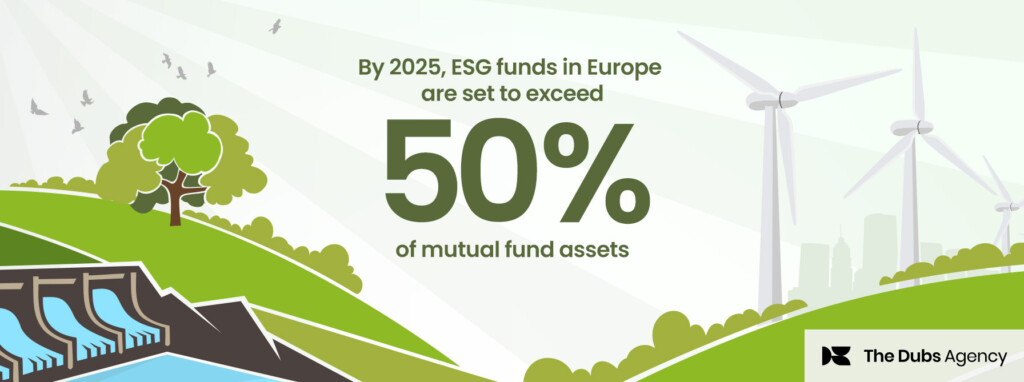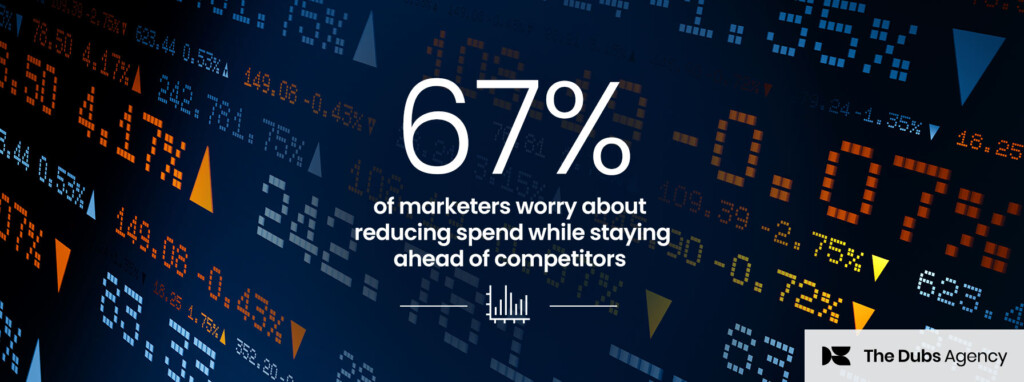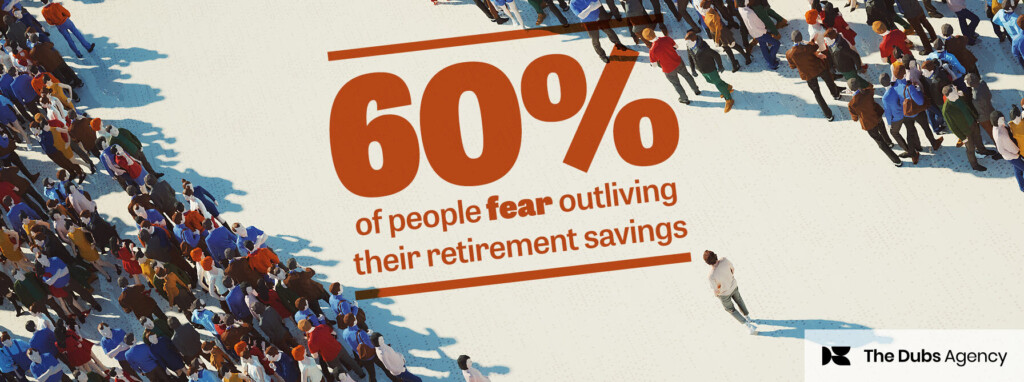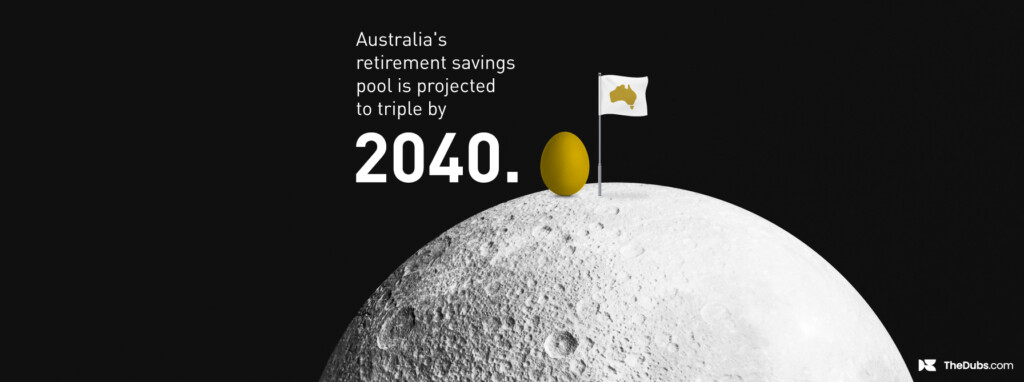What does it take to be one of the world’s most trusted banks? It’s a question all finance brands should sit up and take note of. For finance marketers worldwide, the last few years have been all about rebuilding customer relationships after scandals, poor results and data breaches have left overall trust levels on the floor. This year, some of these efforts are starting to come good. According to Edelman’s Trust Barometer Global Report, 2018 saw an upswing in consumer trust in the Financial Services sector. But let’s not get ahead of ourselves – this still leaves the industry in the ‘neutral’ rather than the ‘trusted’ category and Financial Services remains the least trusted sector in Edelman’s report.
The World’s most trusted banks
As banks and finance marketers continue to fight the battle for trust, the Financial Times has released its 19th annual Bank Image Survey, listing the top performing banks when it comes to perceptions. The global top five were:
- J.P. Morgan
- Citi
- HSBC
- Bank of America Merrill Lynch
- Santander
So what separates these banks from the rest? Well, there are some fundamental principles that strengthen consumer trust, and the right content can be a great way of getting your message across.
- Keep it simple – EY’s Global Consumer Banking Survey revealed that consumers are much more likely to trust banks to do the basics – like keeping money safe – than to deliver on bigger strategic pledges, like providing unbiased advice. Keeping your content straightforward and using plain English in your written communication should help to improve perceptions. Take a look at top performer Citi’s clear explanation of its accounts, supported by appropriate iconography to make reading and understanding simple.
- Be transparent – Being open about rates and fees seems pretty obvious when it comes to building trust, but all too often important terms and conditions are tucked away in the small print. Consider using intuitive content types like infographics to make sure the customer knows exactly what they’re getting. A good example from the global top five is Santander, who is using online tools like its mortgage overpayment calculator to provide customers with a clear way of understanding what happens to their money.
- Make cyber security a priority – Let’s face it, nowadays personal information can be just as valuable as cash. A security breach is a sure-fire way of destroying customer trust, so keep on top of your security requirements.
- Prioritise the customer journey – Deloitte’s recent Banking Trust Index surveyed Australian consumers to find out what’s important to them when it comes to rebuilding trust in the finance sector. The results show important emotional triggers for customers, for example, they want to feel respected and as though the bank has their best interests at heart. Insights like these should be woven throughout a bank’s customer journey to create positive customer experiences from sign up to advocacy.
- Be on call – Perhaps the most important way of building trust is being there when your customer needs you. Providing attentive service with limited waiting times means your customers will always know you’re there for them. Top five bank HSBC provides 24-hour customer service for customers all over the world.
One thing we do know is that with the number of challenger banks and FinTechs disrupting the global finance market, traditional banks need to make building trust a priority. With the right content and these five simple principles, you can build your wealth of trust.









